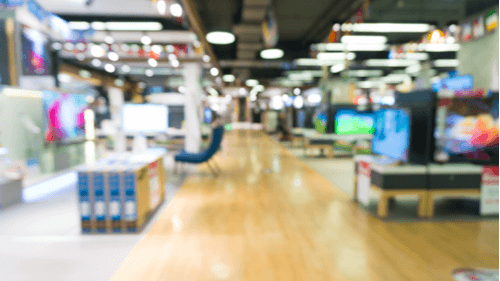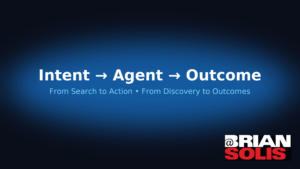
In an interview with Alicia Esposito of Retail Touchpoints that appeared on the Salesforce blog, Solis focused on transforming your brand in commerce, marketing, customer service and even holiday readiness. First, he discusses the “experience economy,” a phrase coined by Joe Pine and James Gilmore in their book The Experience Economy. Solis said, “Today, your brand is defined by the experiences people have and share, which is completely different than in the past. If people are going to have an experience, what do you want them to feel? This is a time where retailers need to think about what that experience style guide should be, and not think about sales and service scripts.”
He had some great ideas on how to create long-term cultural change and transformation. He said, “Holiday is a rush to close out the year, and “short-termism” aims at the holidays, as well as quarter-to-quarter performance. If you don’t find ways to reiterate or innovate, you’re going to be performing in the same cycles and you won’t get far as the consumer (and your competitors) continue to evolve. I call that ‘the fallacy of busy’ — getting caught up in everyday routines. Success is a poor teacher when it comes to innovation, but it is necessary to compete, even when there’s outside pressure, quarterly earnings pressure, and other sources that don’t allow brands to innovate. Amazon has fundamentally changed the way people shop, but many brands aren’t doing the things that cater to their customers. You’re also competing against Uber, or Airbnb, or any other service or app that’s personalized and experiential. Many ecommerce experiences still feel like 1999. Your customer is being reconditioned to do things differently and culture is what’s holding so many brands back.”
Solis also discussed shifts in customer behavior and the reality that the most innovative retailers are constantly re-evaluation who the customer is and mapping the customer journey. He said, “They’re investing in formal innovation programs, recruiting necessary digital skills across the organization, and starting to learn how to predict customer trends and behaviors. Few and far between are at that level, but that’s where it’s going.”
Read the entire article here: https://www.salesforce.com/blog/2018/11/brian-solis-retail-touchpoints.html





Leave a Reply